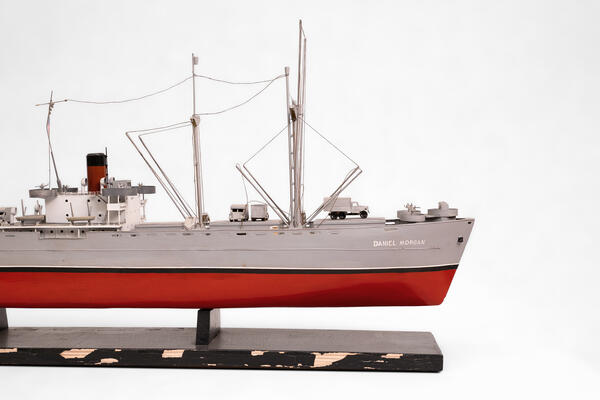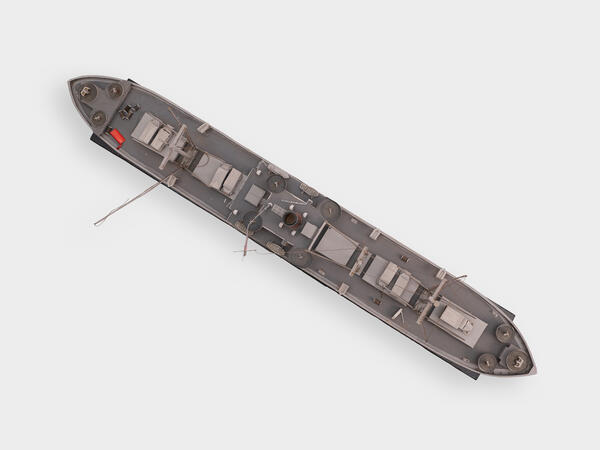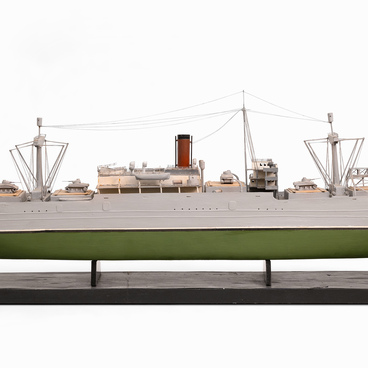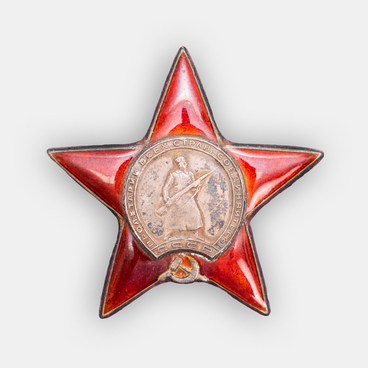The Liberty ships were a class of transport steamships of the mid-20th century. Such vessels were built in large numbers in the United States during World War II. They served both for troop transportation and for lend-lease deliveries from the United States to Great Britain and the Soviet Union. From 1941 to 1945, 2710 such vessels were built.
The idea of launching a standard cargo ship into mass production arose during the First World War as a response to Germany’s announcement of the beginning of an underwater war. At that time, 122 ships were produced, but after the end of hostilities. In 1940, Great Britain, again beginning to suffer significant ship losses due to German submarine warfare, commissioned the construction of 60 Ocean-class cargo ships in the United States. The designers drew upon the blueprint of a transport vessel from 1879 as the basis for the project. The first vessel in the series, Ocean Vanguard, was launched on August 16, 1941.
In preparation for the production of the Oceans, the commission on military transport vessels modified the design and production process: riveting, which was found to be time-consuming for mass production, was replaced by welding. In addition, the boilers were switched from coal to fuel oil.
The new project, first designated EC2, became known as Liberty. The first Liberty ship was named after the American revolutionary Patrick Henry. Henry was a passionate fighter for the independence of the American colonies and is known for his famous proclamation, “Give me liberty, or give me death!” Subsequently, the Liberty ships were named after famous American patriots.
It is impossible to estimate the amount of cargo transported by the Liberty ships across the ocean during World War II. They carried food to Britain, military equipment to the USSR on all three lend-lease routes, soldiers to the Pacific Islands, and so on.
The Liberty ships were intended for short term operation and designed to have a lifespan of approximately five years. It was anticipated that their speed and maintenance requirements would render them uncompetitive in the post-war period. However, the Liberty ships were used in convoy operations during the Korean War and for civilian transportation purposes until the early 1960s.




